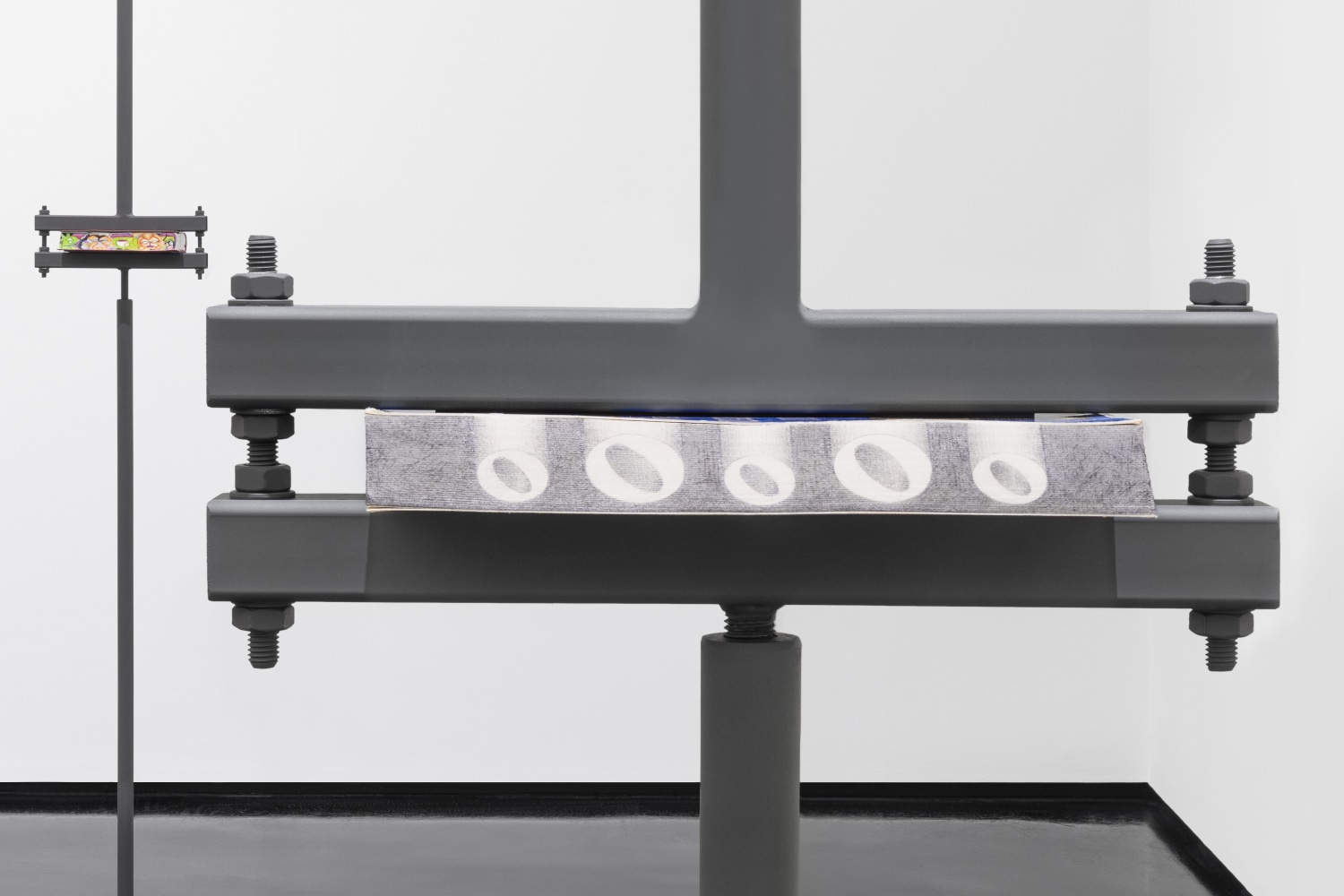
Fore-edge Painting enacts a new exploration of the universe of publishing, addressing different contexts, time frames, places and practices of the contemporary and of the past. Eight international artists have been invited to freely come to terms with the historical tradition of decorating the fore edge of books with paintings and illustrations, giving rise to original works with a hybrid nature, which are sometimes invisible at first glance.
The practice of decorating and painting the vertical edge of the pages of books to indicate their content or their owner dates back to the Middle Ages, when volumes were stored lying down. Towards the end of the seventeenth century and during the two centuries to follow, this technique became popular in England, where artists and craftsmen began to make “disappearing” paintings on books—secret images that appear only when the pages are fanned. Floral decorations, landscapes, vernacular or erotic scenes were made by spreading the pages, often followed by the gilding of the edges to conceal the work.
The volumes selected and transformed into artworks by Tauba Auerbach, Kerstin Brätsch, Cansu Çakar, Enzo Cucchi, Camille Henrot, Victor Man, Andrea Salvino and Andro Wekua are displayed at MACRO and in the Sala del Disegno of the seventeenth-century Palazzo Zuccari, headquarters of the Bibliotheca Hertziana – Max Planck Institute for Art History since 1913. Fore-edge Painting is thus a double exhibition, both playing with the ambivalence of these works and extending beyond the walls of the museum. On the one hand, it presents an unusual landscape composed of books decorated employing a technique from the past in a contemporary art museum. On the other, it brings contemporary painting into the historic spaces of one of the world’s most important libraries and research institutes on the history of art.